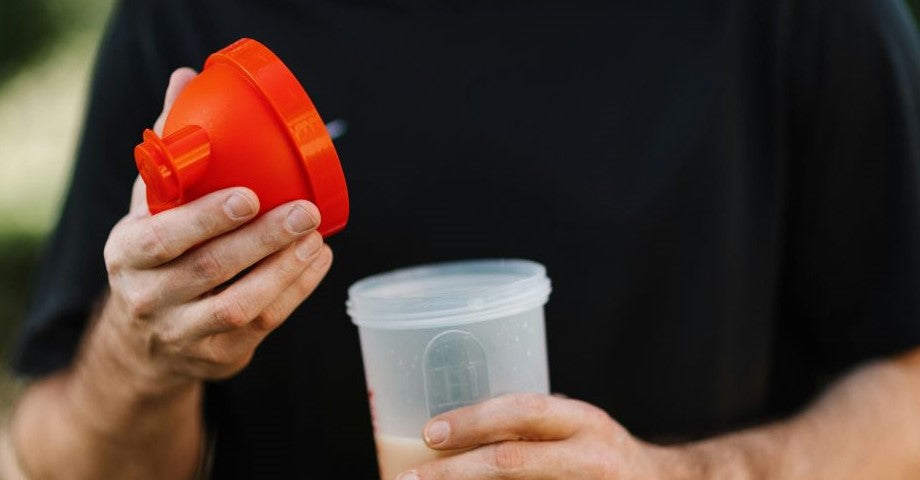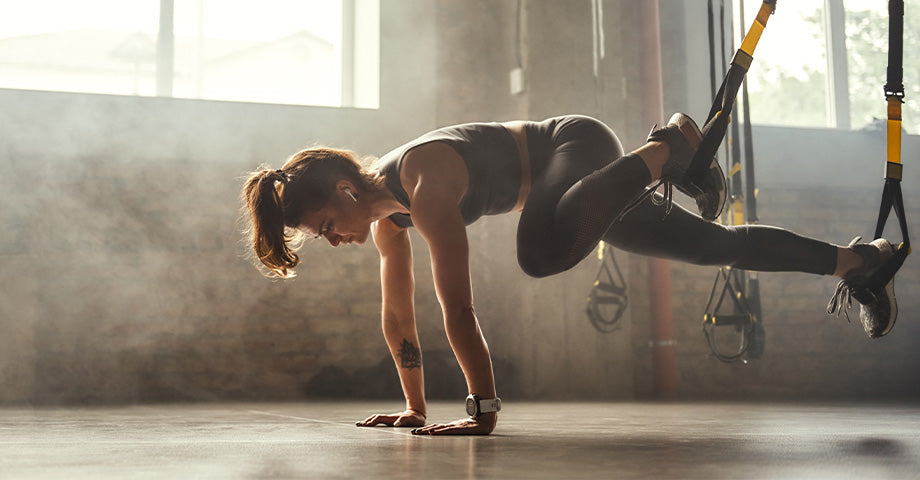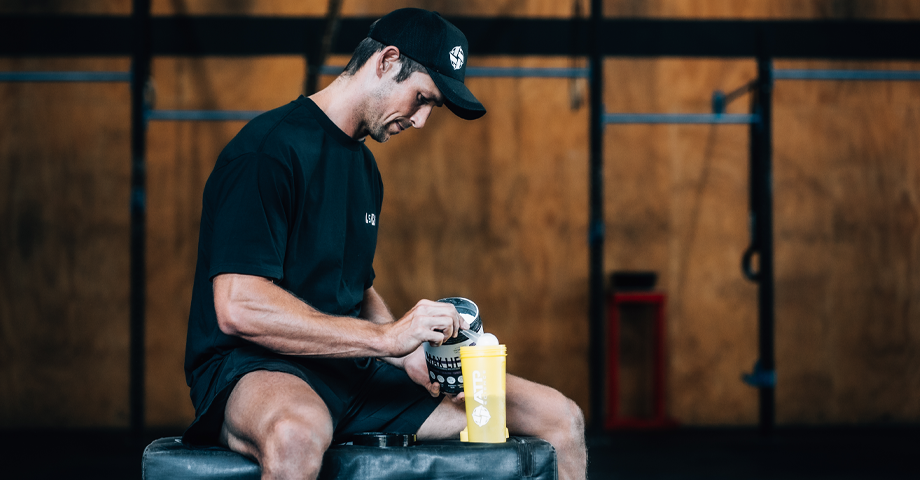Cross Crawling - At the moment we have a tonne of parents at home playing the role of employee and teacher. Many parents recently had to take on this role of educating their kids at home instantly, and, keeping them switched on and focused can be chaos.
We talk often about setting up an environment around food, and exercise that is calm and welcoming... How you gel with learning is also another entirely individual aspect. How one person learns is so different from the next and no two children are the same, let alone having two different learners in the same house during the lockdown.
Cross Crawling - what is it?
- The crossing of limbs to opposite upper and lower limb naturally.
- crossing off the left and right brain hemispheres.
- Motor skill and co-ordination development.
This happens in multiple parts so I will attempt to step through the phases correctly and clearly for better understanding.
Infants to toddlers:
Crawling is an innate mechanism in infants, they start to establish crawling around 10 months of age and are normally up and starting to walk at around 12 months. What's happening during this crawling stage?
cross crawling - Infants that begin to crawl are building connections. Their coordination and motor skills on a physical level as well as hand and eye coordination etc. but on a deeper level, this is crucial for neural development. Both the left and right brain have to cross over for communication and implementation of these actions, this midline in the brain is called the "corpus callosum". There is so much that builds in terms of circuits and memory retention from these actions of the left and right cross over.
They are taking in their environment, coordinating their movements and eye movement to a goal, you know they are setting a goal for something when they scuffle all of a sudden at 100 miles an hour towards something. They have decided they want to know what that item is and navigate their way to it. It's crucial for physical and mental development, any good physician will tell you the importance of letting infants crawl.
Growing beyond the cross crawling to an upright march
Now, when you go from crawling to walking you still incorporate the same opposite limb to limb cross crawling type movements, but into more of a march type style. Right arm swings with left leg and vice versa. This is still building that cross-connection of the left and right brain hemispheres, all while taking in your environment and surroundings, stress, alertness, etc.
Learning and memory are not singular units of function, they are consistent with multi-components, for example, you have encoding, retrieval, and consolidation as well as audio, visual, olfactory and motor all happening simultaneously. This is happening without our need for conscious attention to it from birth to death.
These all happen from within different regions of the brain to retain a memory, information storage, and recall action - this communication must be able to fluidly cross midbrain.
Cross Crawling - Why is all of this important to know?
Cross crawling or marching is important to incorporate because we are chronic sitters. We sit to eat, we sit to read, we sit to drive for hours, we sit to learn in class and this constant sitting does a few things -
- Limits crossing of the hemispheres right and left. Our legs and arms do not perform this action of input to allow this crossover to happen as easily as it normally would.
- We limit circulation while sitting, cerebral spinal fluid acts like a flowing river between the brain and spinal cord, it's constantly flushing back and forth and removing stagnant fluid and toxins from these areas that can accumulate over the course of the day. When we sit and hunch, this movement of the spine to encourage the flushing action as well as deep breathing to open up the spine more and help this along is drastically limited and what do we do all day at school and work... sit and hunch over books, computers, and iPads...
What can we do to combat the concentration crash?
Crosswalk/march - Before you sit down for an hour, do five minutes of cross walking. This can look like a March to many.
- Lift your knees up one at a time as high as you can in a March type position and touch the opposite hand to the top of that knee. So, right-hand crosses over to touch the top of the left knee and again with the left hand to the right knee. Do this on one spot while looking straight ahead, not at your knees! Can you do it? Do this for 1 to 2 minutes.
- Now, add some more complexity and move your eyes side to side at the same time. In the opposite direction to the knee being touched. Look left while you touch the right knee and look right when you touch the left knee.
- Do it while rolling your eyes around in circles one way and then around the opposite way. So clockwise and anti-clockwise.
See how fast you can get the hang of this. An activity that works great as a reward system for a work break and helps with concentration and memory recall for the items they have just spent time learning about. Makes for a good giggle too when you realise it's a little harder than it sounds.
Let us know how you go!
References
- You'll never crawl alone: Neurophysiological evidence for experience-dependent motor resonance in infancy Author links open overlay panel.van ElkaH.T.van SchiebS.Hunniusa C.Vesperc H.Bekkering a https://doi.org/10.1016/j.neuroimage.2008.07.057
- Crawling experience is related to changes in the cortical organization during infancy: Evidence from EEG coherence. Martha Ann Bell Nathan A. Fox First published: November 1996 https://doi.org/10.1002/
- Infant language development is related to the acquisition of walking. Developmental psychology, 50(2) Walle, Eric A Campos, Joseph J. 2014-02-01. 10.1037/a0033238.
- Motor development: A new synthesis. By Thelen, Esther
- American Psychologist, Vol 50(2), Feb 1995, 79-95
- Neural mirroring systems: Exploring the EEG mu rhythm in human infancy. Author links open overlay panel Peter J.Marshalla Andrew N.Meltzoffb https://doi.org/10.1016/j.dcn.2010.09.001
- Q. L. Xiong et al., "Inter-Limb Muscle Synergy of Hands-and-Knees Crawling in Typical Developing Infants and Infants with Developmental Delay," 2018 40th Annual International Conference of the IEEE Engineering in Medicine and Biology Society (EMBC), Honolulu, HI, 2018, pp. 4697-4700.

















